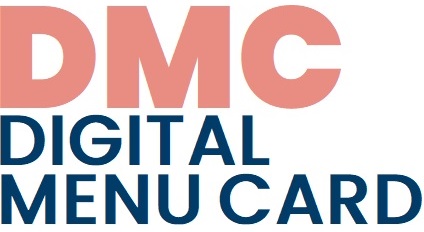- Accedi o registrati per poter commentare
Peer assessment is an explicitly developmental type of assessment, based on pre-defined criteria, which also develops students' realistic assessment skills. It is important to familiarise learners with this method before they start using it.
Examples of peer assessment tools include a learning diary, a portfolio, a reflective workbook in which learners can record what they have learnt, what they have found difficult, etc. Of course, these should also be in digital format.
The most common form is to enrich the traditional assessment sutuations (tests, essays) with peer-to-peer assessment. Peer assessment can also be followed by the teacher's formal assessment, but this should use the criteria and main insights resulting from peer assessment.
- Students gradually learn to assess themselves and their peers realistically and incorporate this into their learning process as a useful tool for their development.
- Students can learn from each other, perhaps even reflect more on peer feedback and take it more seriously.
- Students understand that performance expectations and objective assessment criteria are not linked to the teacher, so they can later become more experienced in self-assessment in the workplace and have a better attitude towards external assessment.
- We need to provide well-defined assessment criteria that students can use to give feedback to each other.
- It should be clear how assessment is done (points, marks, written assessment) and how this is factored into individual assessments.
- Teacher assessment should not be very different from the criteria and insights of peer assessment. If it is, it should be explained to the students in a precise and clear way.
